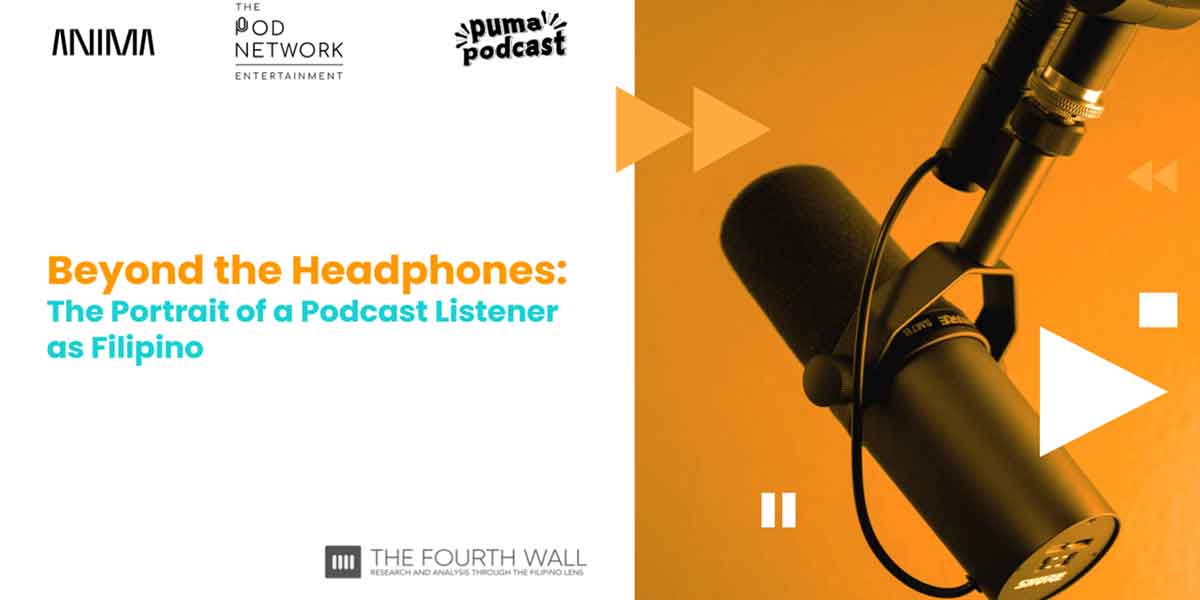A new study by researchers at the Institute for Global Tobacco Control (IGTC) at the Johns Hopkins Bloomberg School of Public Health and Portland State University links the presence of flavor chemicals in cigarettes sold in the Philippines to the products’ appeal among consumers, including Filipino youth. The findings, published in Nicotine & Tobacco Research and featured in an accompanying video, represents the first study of its kind to analyze the chemical composition of cigarette brand variants available in the Philippines.
The study analyzed the chemical composition of cigarette brand variants sold in the Philippines for 180 individual flavor chemicals and found that menthol was present in 14 out of 19 (74%) of the sample packs—including the highest levels among all brand variants (up to 18.4 mg/stick). 12 packs in the sample (63%) featured flavor “technologies” such as flavor capsules or flavor threads that enable user-controlled release of flavor chemicals—a marketing differentiator that can further contribute to appeal among consumers. The presence of “other flavor chemicals” (such as fruit flavors) was detected in 10 sample packs (53%), all of which also contained menthol.
The market share of menthol cigarettes sold in the Philippines is among the largest in the world, with the 2015 Philippines Global Adult Tobacco Survey (GATS) reporting that over half (52%) of people who smoke manufactured cigarettes last purchased menthol cigarettes. Menthol can make cigarettes more palatable, and other studies have shown that flavors in general (and menthol specifically) can contribute to a lower likelihood of quitting.
Findings from the chemical analysis indicate that products containing flavor chemicals and flavor delivery technology encompass a range of flavor levels (including significant levels) that could contribute to appeal to a broad spectrum of consumers. Manufacturers can manipulate the level of menthol in cigarettes to maximize appeal across a range of consumer taste preferences (for example, raising the level for individuals who may prefer variants with higher menthol levels), increasing the potential for more people to start smoking. Flavored tobacco products are currently not restricted in the Philippines market, where 23% of the adult population smokes combustible tobacco, including 40% of men,[1] resulting in over 112,000 tobacco-caused diseases each year.[2] While rates of smoking among Filipinos have decreased during the past decade, the country is trending behind in its goal to reduce smoking by 30% by 2025.
“Flavored tobacco products are a culprit in extending the tobacco epidemic, making cigarettes appealing to consumers—including young people—and more difficult to quit,” explained Lauren Czaplicki, a scientist at IGTC and co-author of the study. “Fortunately, by banning and removing flavored tobacco products from the market, countries can successfully counter the tobacco industry’s sugar-coated, predatory marketing tactics.”
Research has shown that banning flavored tobacco products, including menthol, can reduce tobacco use and increase quit attempts. The Philippines is a signatory to the World Health Organization Framework Convention on Tobacco Control (FCTC), whose guidelines for implementation state: “From the perspective of public health, there is no justification for permitting the use of ingredients, such as flavoring agents, which help make tobacco products attractive.” IGTC’s flavor chemical study can inform country-level bans on the use of flavor chemicals, which would lead to a reduction in tobacco consumption and associated societal costs.
In addition to the actual flavors in tobacco products, other research has found that consumer appeal is influenced by the presence of flavor descriptors, imagery, and colors on the product packaging.[3][4] Restrictions and more stringent regulations on the use of imagery, descriptors and colors that may connote flavors could be a valuable complement to a comprehensive tobacco product flavor ban.
Access the study here (https://globaltobaccocontrol.org/flavorunderfire).
Access the video here (https://youtu.be/Y8gV1Kfn0Qw).
[1] Source: World Health Organization. WHO Global Report on Trends in Prevalence of Tobacco Use 2000-2025, fourth edition. Geneva: World Health Organization; 2021. Available from: https://www.who.int/publications/i/item/9789240039322
[2] Source: Global Burden of Disease (GBD) 2019. Seattle, WA: Institute for Health Metrics and Evaluation (IHME), University of Washington; 2023. Available from: https://vizhub.healthdata.org/gbd-results/
[3] Source: WHO Study Group on Tobacco Product Regulation.
[4] Source: Packaging colour research by tobacco companies: the pack as a product characteristic.





















